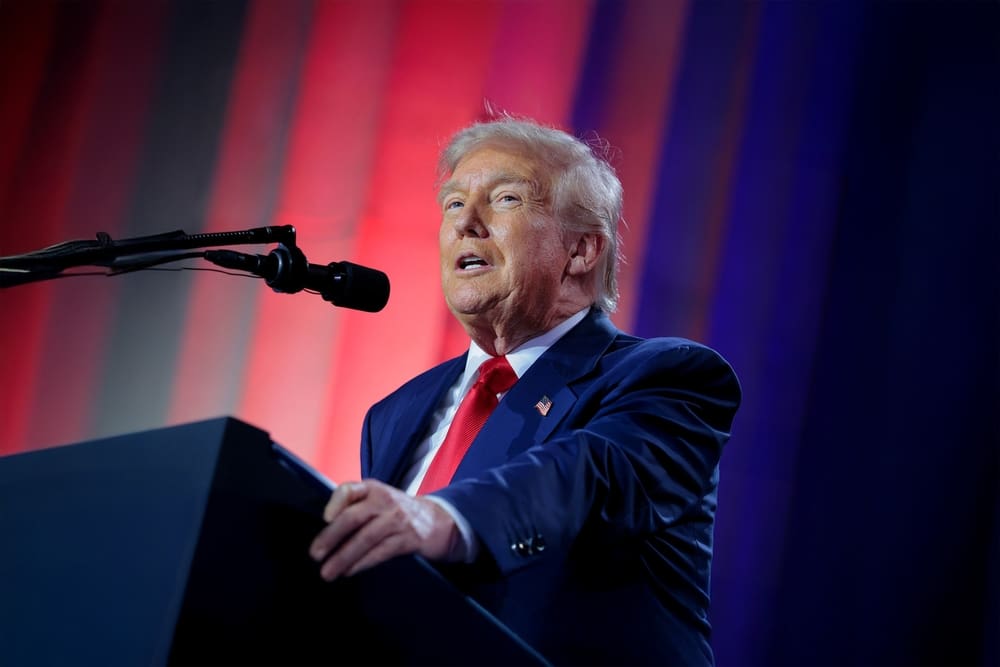Executive Summary
The Story So Far
Why This Matters
Who Thinks What?
Industries heavily exposed to tariffs in the United States have begun shedding workers, according to new economic analyses, challenging President Donald Trump’s stated goal of an American manufacturing jobs boom. Research indicates that job growth in sectors impacted by tariffs, including manufacturing, construction, and transportation, turned negative shortly after the administration initiated its trade policies this spring. This trend runs contrary to the intended effects of the tariffs, which were designed to boost domestic employment.
Analysis of Tariff Impact
Torsten Slok, chief economist at Apollo Global, conducted an analysis based on a three-month moving average of Bureau of Labor Statistics (BLS) data. His research shows that while tariff-impacted sectors have experienced moments of job loss in recent years, this marks the first time payroll growth has been negative over a period of several months.
In contrast, employment in industries not affected by tariffs continues to increase, albeit at a slower pace than before the trade measures were implemented. Joe Brusuelas, chief economist at RSM, commented, “The tariff impact on hiring is now undeniable. The manufacturing renaissance, the hiring boom, is just not happening.”
Manufacturing Sector Decline
The latest August jobs report indicates that manufacturing employment has declined for four consecutive months. BLS data reveals that the US manufacturing industry currently has 78,000 fewer jobs than it did a year ago.
Economists acknowledge that tariffs were not expected to dramatically increase manufacturing jobs overnight and that the long-term effects of the strategy are still unfolding. However, some suggest that the administration’s trade approach is backfiring in at least two key ways.
Economists Cite Uncertainty and Costs
One primary concern is the significant uncertainty created by the trade strategy, which economists argue has “paralyzed” manufacturers and other companies in tariff-exposed industries, leading them to reduce hiring. Additionally, tariff hikes on essential inputs such as steel, aluminum, and copper have increased prices for the very US manufacturers intended to benefit from the trade agenda.
Brusuelas further stated, “It turns out the community of economists were correct that launching a trade war would result in slower growth and few jobs. That’s what is happening.”
Broader Economic Slowdown
The job losses within tariff-exposed industries have contributed to a broader slowdown in hiring across the US economy. Research from JPMorgan indicates that the pace of US job growth has slowed to just 29,000 over the past three months, a significant decrease from 105,000 during the prior three-month period.
While the unemployment rate remains low, it has edged up from 4.1% in June to 4.3% in August, marking its highest point since late 2021.
In conclusion, despite President Trump’s stated goals, economic analyses suggest that his tariff policies have coincided with job losses in directly affected industries and contributed to a broader slowdown in national hiring, largely due to increased market uncertainty and higher input costs for manufacturers.








